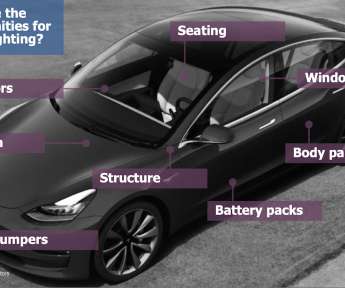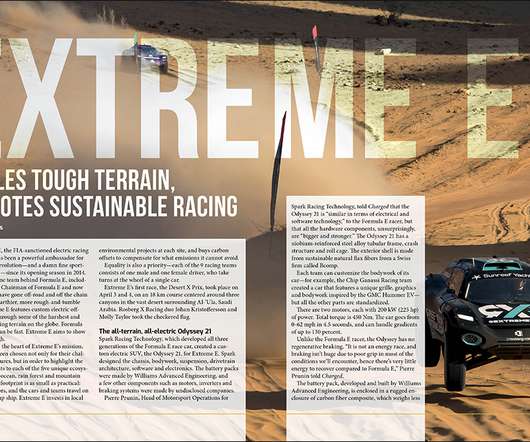Ford and Webasto unveil ultra-high-performance battery electric Mustang fastback prototype
Green Car Congress
NOVEMBER 6, 2019
Mustang Lithium is low and sleek, with custom carbon fiber body components, a 1.0-inch Under the hood are a Phi-Power dual-core electric motor and dual power inverters—all powered by an 800-volt Webasto battery system with EVDrive Technology that can discharge a megawatt of electrical energy.












Let's personalize your content